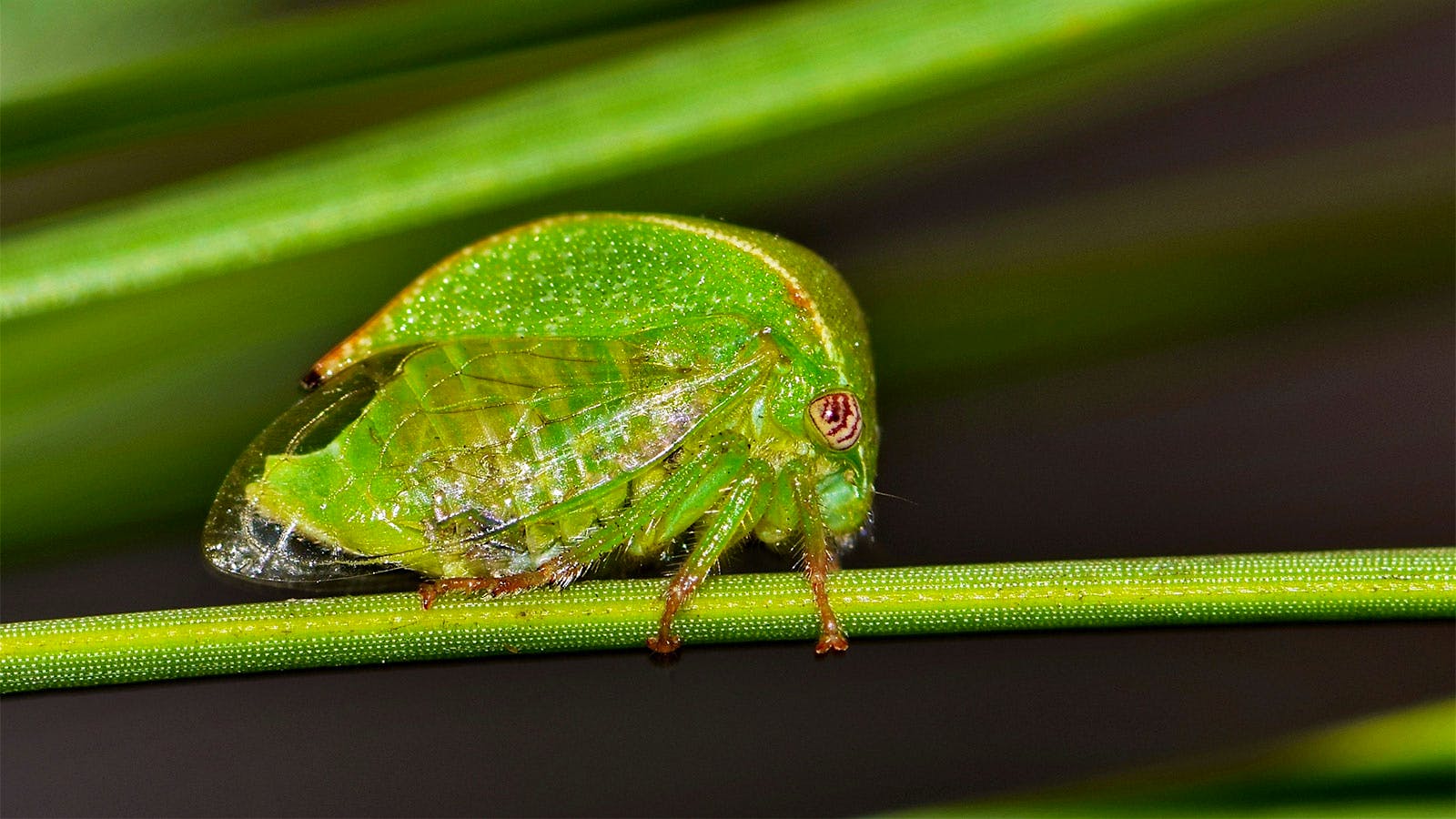Products You May Like
It’s probably not what Rudolf Steiner imagined. At Oregon State University, researchers are pairing cutting-edge technology with organic, sustainable and biodynamic agriculture to create their most recent invention: the “Pied Piper.” The prototype is a robot designed to naturally disrupt the mating of vineyard pests such as treehoppers and stink bugs through the use of harmonic vibrations.
Early-stage AI robots such as OSU’s Pied Piper and the concept of biodynamic farming may seem like an unlikely pairing, but for the team at the Department of Biological and Ecological Engineering at OSU, it’s actually a match made in heaven.
“We’re sort of training this little robot musician to sit out in a vineyard and listen for these bugs and do something very typical in music, which is call and response, the Marco Polo,” Chet Udell, an assistant professor at OSU, explained to Oregon Public Broadcasting while testing the invention at Stag Hollow Winery in Oregon’s Willamette Valley.
How Can a Robot Control Insects?
Stag Hollow, a winery which practices sustainable and biodynamic farming, is one of the first estates to test the Pied Piper in its vineyards, hoping the vibration mating disruption (VMD) model used in the robot’s design will help them combat treehoppers without the use of pesticides or other ecologically harmful measures.
Treehoppers spread the grapevine red blotch virus, which can cripple vineyards by reducing vines’ ability to conduct photosynthesis. As OSU professor of entomology Dr. Vaughn Walton explained, their goal is to find an environmentally friendly way to combat treehoppers. The tiny bugs communicate and find mates through vibrations. The Pied Piper is designed to listen for the vibrations and then send out its own in return, effectively crowding the conversation and making it hard for male treehoppers to find females.

For Mark Huff, owner and winemaker at Stag Hollow, the device is an exciting addition to his vineyards, even if it is still in the trial stages. “I’ve been working with Vaughn for a number of years on this technology and identifying issues surrounding the disease carried by these insects,” Huff toldWine Spectator. “This technology has a lot of promise, presenting a great alternative solutions to pesticides, which is what it’s all about.”
Italy Leads the Way
The Pied Piper’s design may be one of the first forays into the use of VMD devices for agriculture in the United States, but the OSU team credits their idea to the research of Dr. Rachele Nieri and Dr. Valerio Mazzoni, Italian entomologists at the Edmund Mach Foundation (FEM), a viticultural research institute in Trentino, Italy.
Nieri and Mazzoni have been heading a five-year study of VMD in the vineyards at Edmund Mach, which are specially designed for research on organic viticulture. The FEM study’s findings, first published in 2019 and updated in July of 2023 with results from five years of observation, showed evidence of the efficacy of VMD as a safe and noninvasive method for reducing the population of treehoppers in vineyards.

Before their work, scientists had tried using pheromones to confuse and disrupt mating. “This study presents the first long-term evaluation of using vibrations as a mating disruption technique in a commercial vineyard setting. The findings will contribute to the development of innovative sustainable pest management practices,” writes the research team in their 2023 conference publication, Vibrational Mating Disruption Against Insect Pests: Five Years of Experimentation in the Vineyard.
Stay on top of important wine stories with Wine Spectator‘s free Breaking News Alerts.
